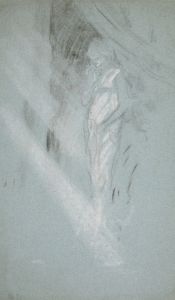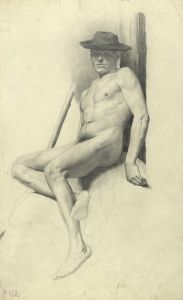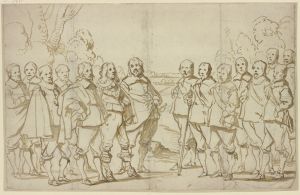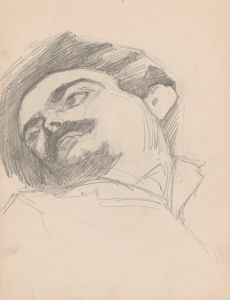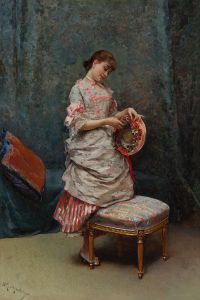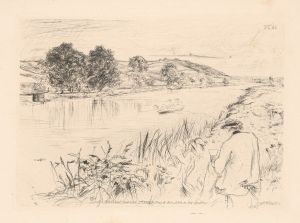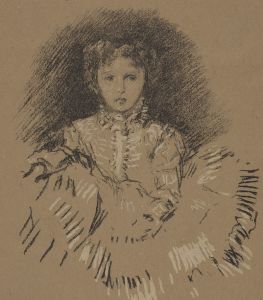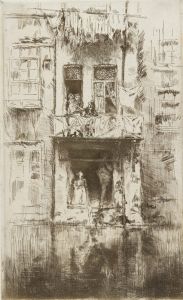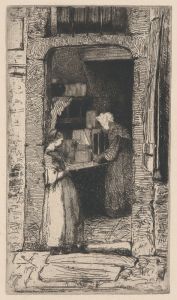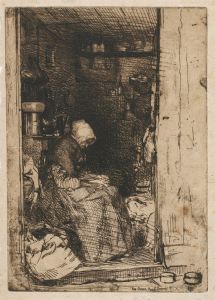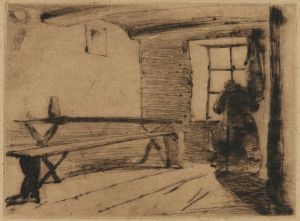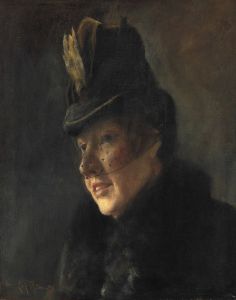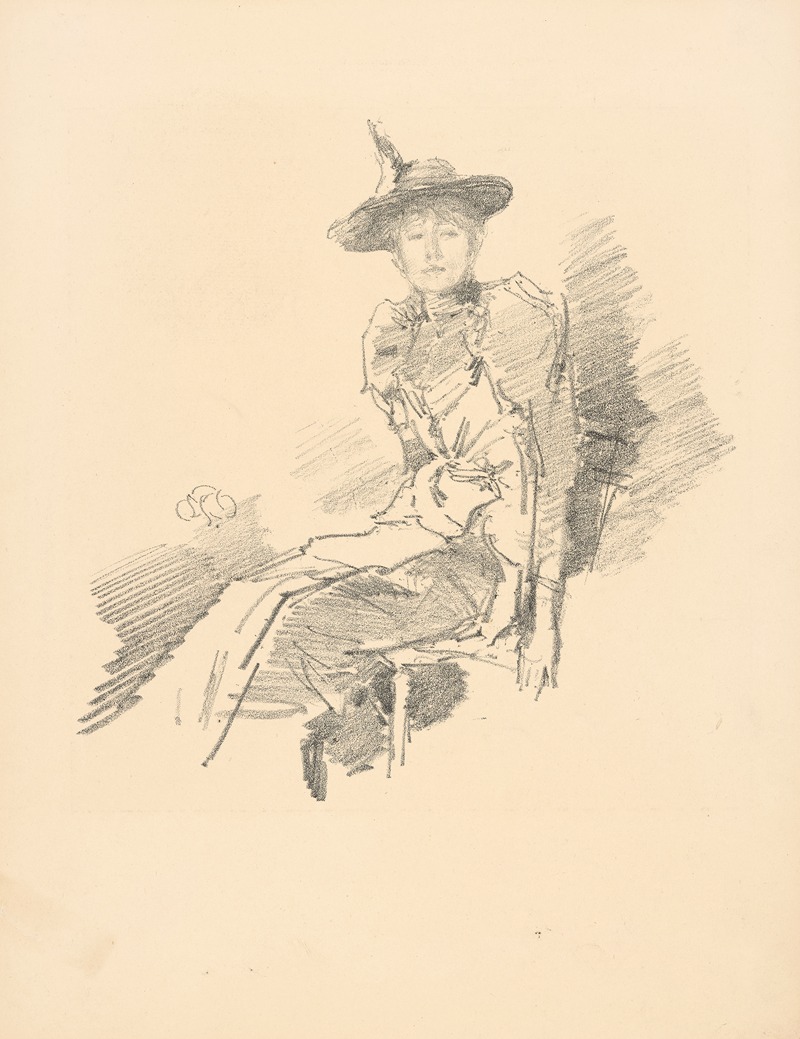
The winged hat
A hand-painted replica of James Abbott McNeill Whistler’s masterpiece The winged hat, meticulously crafted by professional artists to capture the true essence of the original. Each piece is created with museum-quality canvas and rare mineral pigments, carefully painted by experienced artists with delicate brushstrokes and rich, layered colors to perfectly recreate the texture of the original artwork. Unlike machine-printed reproductions, this hand-painted version brings the painting to life, infused with the artist’s emotions and skill in every stroke. Whether for personal collection or home decoration, it instantly elevates the artistic atmosphere of any space.
James Abbott McNeill Whistler was an American artist known for his paintings and etchings, and he played a significant role in the aesthetic movement of the late 19th century. One of his lesser-known works is "The Winged Hat," which exemplifies his distinctive style and approach to portraiture.
"The Winged Hat" is a portrait that showcases Whistler's interest in the interplay of color and form, as well as his commitment to creating harmony within his compositions. Whistler was known for his belief in "art for art's sake," a philosophy that emphasized the importance of beauty and aesthetic experience over narrative content or moral messages. This approach is evident in "The Winged Hat," where the focus is on the visual and emotional impact of the image rather than any specific story or symbolism.
The painting features a woman wearing a hat adorned with what appears to be wings, which adds an element of whimsy and intrigue to the composition. Whistler's use of color is subtle yet effective, with a limited palette that enhances the overall harmony of the piece. The background is typically understated, allowing the viewer's attention to remain on the subject and her striking headwear. This focus on the sitter's attire and the gentle rendering of her features are characteristic of Whistler's portrait work, where he often sought to capture the essence of his subjects through careful observation and a refined aesthetic sensibility.
Whistler's technique in "The Winged Hat" reflects his mastery of brushwork and his ability to convey texture and depth with seemingly effortless strokes. His portraits often exhibit a sense of intimacy and immediacy, drawing the viewer into the world of the subject. This painting is no exception, as it invites contemplation of the woman's expression and the mysterious allure of her winged hat.
While specific details about the model for "The Winged Hat" are not widely documented, it is known that Whistler frequently painted portraits of women who were part of his social circle or who posed for him professionally. His portraits often reveal his fascination with fashion and the ways in which clothing and accessories can enhance or transform a person's appearance.
"The Winged Hat" is a testament to Whistler's skill as a portrait artist and his ability to create works that are both visually captivating and emotionally resonant. Although it may not be as famous as some of his other works, such as "Arrangement in Grey and Black No. 1" (commonly known as "Whistler's Mother"), it remains an important example of his artistic philosophy and his contribution to the development of modern art.
In summary, "The Winged Hat" by James Abbott McNeill Whistler is a portrait that exemplifies the artist's dedication to aesthetic beauty and his innovative approach to portraiture. Through his use of color, composition, and technique, Whistler creates a work that is both elegant and enigmatic, inviting viewers to appreciate the artistry and subtlety of his vision.





